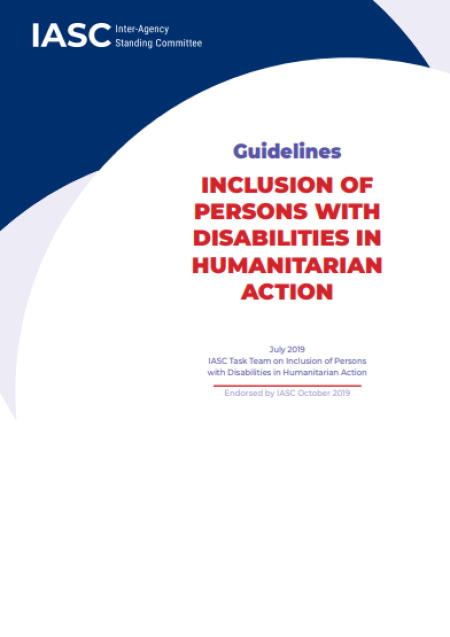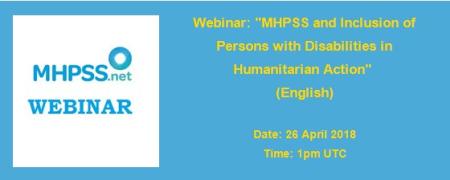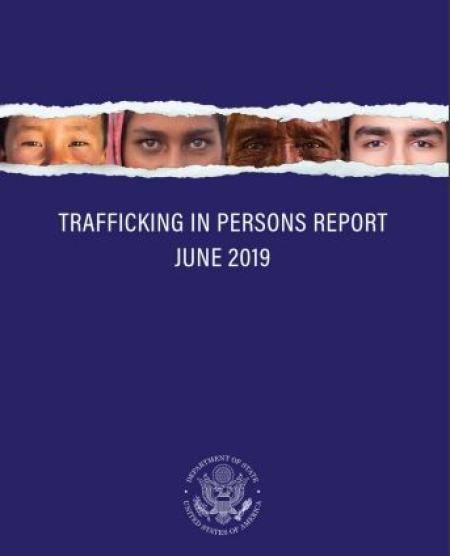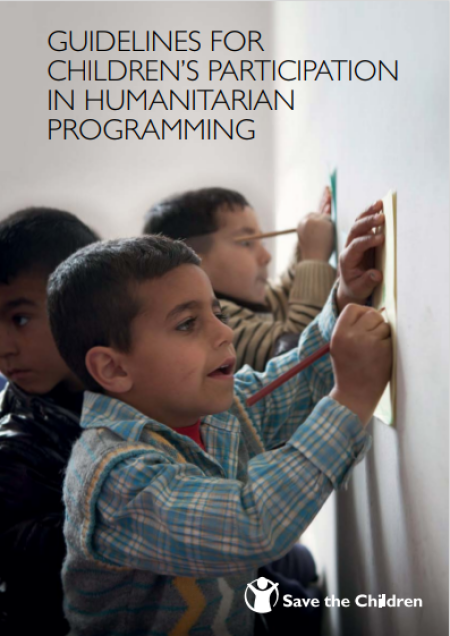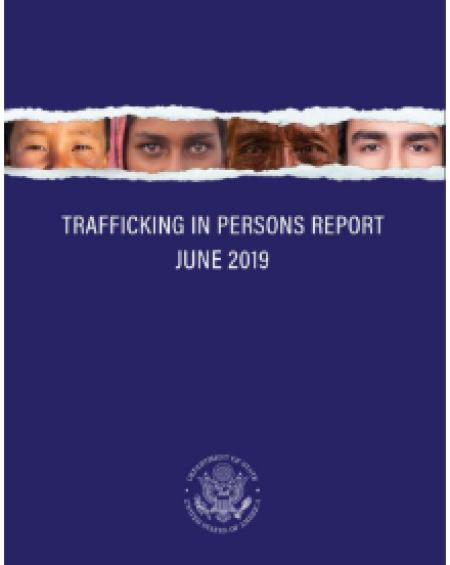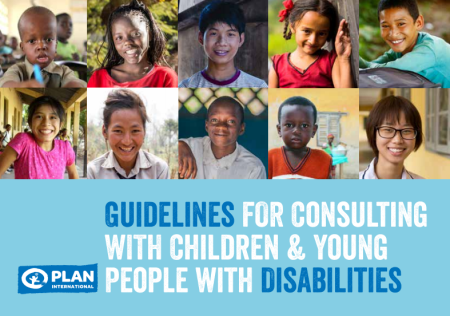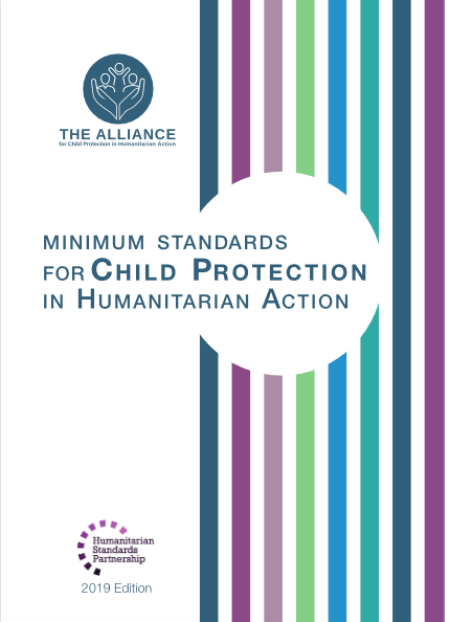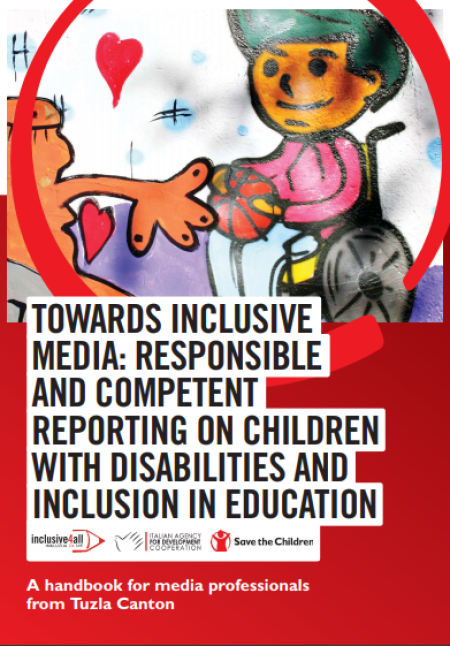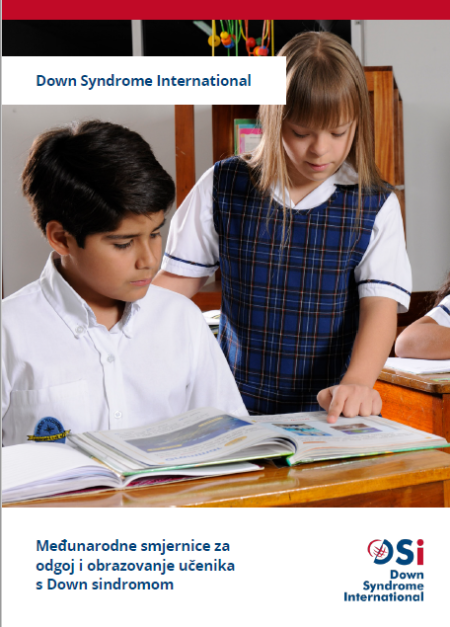
The guidelines set out essential actions that humanitarian actors must take in order to effectively identify and respond to the needs and rights of persons with disabilities who are most at risk of being left behind in humanitarian settings. The recommended actions in each chapter place persons with disabilities at the centre of humanitarian action, both as actors and as members of affected populations.
These are the first humanitarian guidelines to be developed with and by persons with disabilities and their representative organizations in association with traditional humanitarian stakeholders. Based on the outcomes of a comprehensive global and regional multi-stakeholder consultation process, they are designed to promote the implementation of quality humanitarian programmes in all contexts and across all regions and to establish and increase both the inclusion of persons with disabilities and their meaningful participation in all decisions that concern them.
Through 39 examples of inclusive field practices in 20 countries, this document shows what deliberate and proactive action is required to ensure that persons with disabilities from all constituencies are systematically included and meaningfully participate in humanitarian preparedness, response and recovery as well as in DRR contexts. Note that the report does not provide technical guidance, but is meant to complement to IASC Guidelines by drawing lessons from field practices.
Main chapters:
- Introduction
- What you need to know
- What to do: key approaches to programming
- Data and information management
- Partnerships and empowerment of organizations of persons with disabilities
- Cross-cutting considerations
- Accountability to affected people and protection from sexual exploitation and abuse
- Humanitarian response options
- Stakeholder roles and responsibilities
- What sectors need to do
- Camp coordination and camp management
- Education
- Food security and nutrition
- Livelihoods
- Health
- Protection
- Shelter and settlements
- Water, sanitation and hygiene
- Annexes


